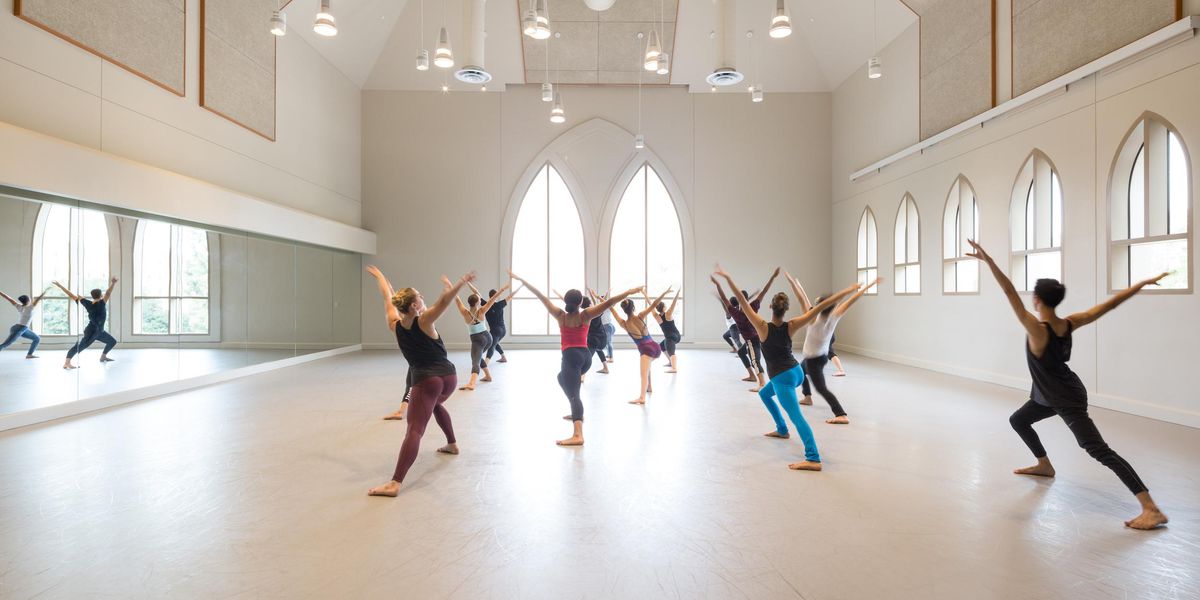Dance Matters: A Force of Nature
Aparna Ramaswamy of Ragamala Dance. Photo by Ed Bock, Courtesy Ragamala.
Twin Cities–based Ragamala Dance imbues the South Indian dance form of bharata natyam with a thoroughly contemporary exuberance. The seven women of Ragamala can embody characters in Hindu mythology, as well as the interconnectedness between man and nature. With the subtlest of movements, they transform themselves from implacable gods to playful lovers, animals in the forest, rivers, and mountains.
In recent years Ragamala, which celebrates its 20th anniversary this month with a gala in St. Paul, has toured the United States and India. Last year they received a standing ovation at the Kennedy Center’s Maximum India Festival. On July 10–12 they perform their latest piece, Sacred Earth, at the American Dance Festival. A program note from that work refers to “the superior, spiritual, feminine energy that purifies, empowers, and uplifts the individual.” The Ragamala women have it in spades.
Founder Ranee Ramaswamy and her daughters Aparna and Ashwini are the only dancers of Indian descent in the group. Yet the company functions as a close-knit unit immersed in a world where they absorb the traditions of India—its culture, history, and spiritual practices. And each dancer has a role in company administration, from publicity to development to outreach.
Ragamala’s work often incorporates cross-cultural and interdisciplinary themes. Future plans include The World of 1,001 Buddhas, which references the 1,000-year journey of art and mythology along the Silk Route, from the Hindu temples of India to the Buddhist temples of Japan. Then Aparna (a 2010 “25 to Watch”) will make a new work, Song of the Jasmine, in collaboration with jazz musician/composer Rudresh Mahanthappa. “We hope to create a work in which innovation is rooted in a profound understanding and respect for tradition,” says Aparna, Ragamala’s artistic co-director. Her words reflect Ragamala’s visionary approach to an ancient art form.




